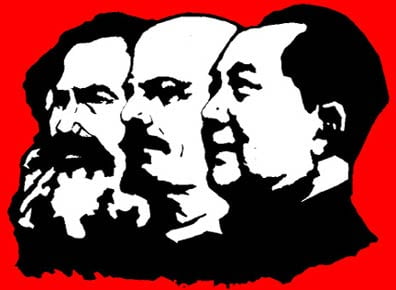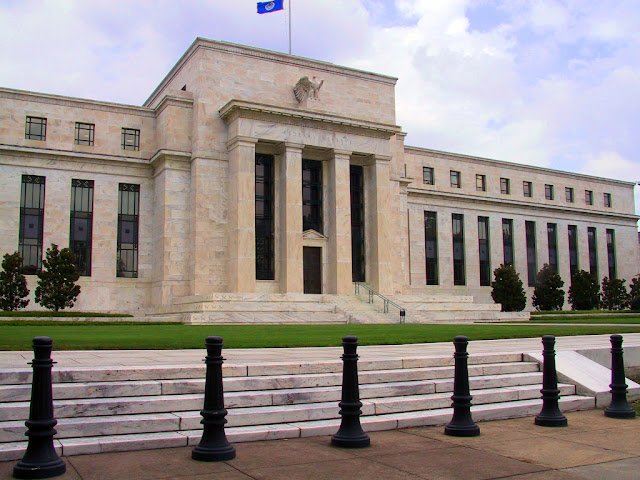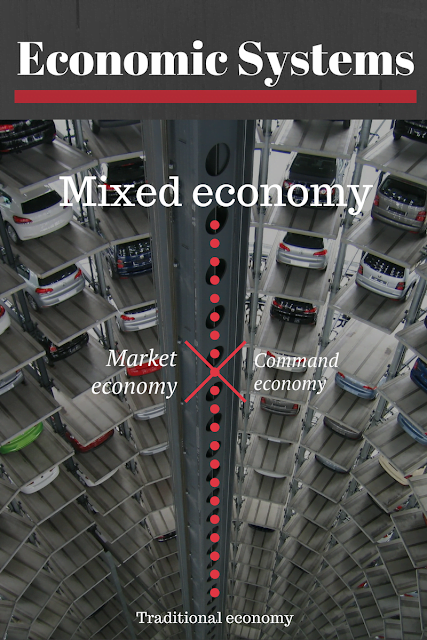What is an economic system? An economic system is a way of producing, consuming, and distributing goods and services. This includes the relationships between different institutions and agents and defines the economic and social structure of a society.
Components of economic systems
- Coordination mechanisms: they determine the use of the factors of production (labor, capital, land, and technology) and who makes the decisions (central authority or private agents).
- Property rights: who owns and controls the means of production.
- Incentive system: mechanisms that encourage economic agents to participate in the economic activity. They may be material or moral rewards.
Economic systems emerge as a response to the problem of scarcity, the fundamental economic challenge all societies throughout history face as a consequence of the seemingly unlimited human needs in a world of finite resources.
Faced with this problem, each society develops different economic systems. The solution lies in one fundamental question: What is the role of the state or central authority in the economy? What is more important, liberty or justice?
Types of economic systems
Usually, production systems are identified as capitalism, socialism, or communism. But in the academy, they are named differently. The capitalist system is associated with the market or mixed economy while the communist or socialist system is with the planned or mixed economy.
There are four economic systems: market economy, planned economy, mixed economy, and traditional economy.
Economic system: Market economy

In the market economy system, also called “laissez-faire capitalism”, economic decisions are made by individuals. They are free to make their economic decisions (investments, savings, workload, consumption, production, etc.) based on their own interests. In a pure market economy, there is no central authority influencing the economic decisions made by individual agents.
Also, the means of production are owned by private individuals and all goods and services are privately provided. Supply and demand determine the prices, there are no fixed prices. The relationships between individuals and firms in the market regulate the allocation of factors of production and the distribution of goods.
Advantages and disadvantages of the market economy
In market economies, people are freer and there are more opportunities for social mobility, but there is more inequality among people with disadvantages or simply with bad luck. Also, there are fewer rules in production and work and there is no redistribution of goods.
The United States in the nineteenth century was the closest to a market economy. Today, most economies are considered to be market economies but are influenced by traditions and a central authority.
Economic system: Command economy

The command economy is an old economic system like the traditional one. Under this structure, a central authority controls the economy and decides how to use the factors of production and how to distribute the goods produced. There are regulations in prices, wages, production, consumption, etc.
The supply of goods and services in the market is determined by exogenous variables ignoring the market forces.
Some examples of planned economies are Communist Russia, China, and Cuba.
Economic system: Mixed economy

This economic system combines elements of the market and command economic system. Most economic decisions are made autonomously by individuals, but the central authority can create policies that influence these decisions.
Governments can create new laws or regulations that shift production levels, can restrict the distribution of goods, incentivize the buying of services, restrict exhortations, etc.
Today, most economies operate under this economic system and for many this is what they refer to when they talk about the capitalist economic system. Example: Mexico’s economic system
Economic system: Traditional economy

The traditional system of production depends on family and community relations. The decisions of production, consumption, and distribution are consequences of long-standing beliefs and customs, that is, the economy runs according to established patterns. The main problem of this economic system is its static nature. A society based on traditions to regulate economic affairs discourages large-scale social and economic changes.
In the past, this was the predominant economic system. Some examples of this system are medieval European kingdoms and ancient empires. Adam Smith wrote about Ancient Egypt: “Every man is bound by a religious principle to follow his father’s occupation and to change his activity would be the most terrible sacrilege”. Nowadays this type of economy can be found between Australian Aborigines and some indigenous Amazon tribes.
Some traditions survive this system of production. This heritage determines many economic relations; Such as the differences between men’s and women’s wages, tips to waiters, and children’s allowance.
Market economy vs. Command economy
The system of market economy and planned economy are quite opposite. The main difference between both forms of production lies in the importance they give to freedom and justice. For the promoters of the market economy, freedom is the most important; while in the planned economy, justice comes first.
Theoretically, in a market economy markets are efficient (ignoring market failures) and people have the freedom to choose (what, how much, and how to produce, whether to buy or not, selling price, etc.). But the outcome is not always fair. Most likely some individuals will have a lot and others will have very little. Although it would still be efficient and free.
In a planned economy, the state makes the economic decisions of the society. There is no market, the central authority tries to do a fair distribution of goods among people at the expense of efficiency and freedom.
In a mixed economy, the state seeks a fairer distribution of goods while maintaining freedoms.
Best economic system
There is no consensus about which is the best economic system. However, through the mixed economy system; many countries have developed immensely and reached greater levels of economic prosperity. This would have been impossible without the freedom of economic agents to make economic decisions and the correct regulation from the government.
United States Economic System
In the nineteenth century, US economic system was close to a true market economy. There were almost no regulations and businesses had more liberties to maximize their profits. This also led to the consolidation of huge monopolies, the most significant being Standard Oil.
Nowadays the United States is a mixed economy. There is a private sector that makes decisions about consumption, production, work, savings, investments, etc. But also the government provides many public goods and services like roads, military, parks, water, etc. It also regulates the production of most of the industries, sets fixed prices, prohibits certain activities, distributes wealth, etc.
Compared with other countries, the US economy is closer to a free market economy. America is ranked 8th among 190 economies in the Ease of Doing Business Index. This means that the country has simpler regulations for businesses and stronger protection of property rights than most of the countries of the world.
Economic System by Country
[modern_category_search category=”economic-sytem” posts_per_page=”5″]





Leave a Reply